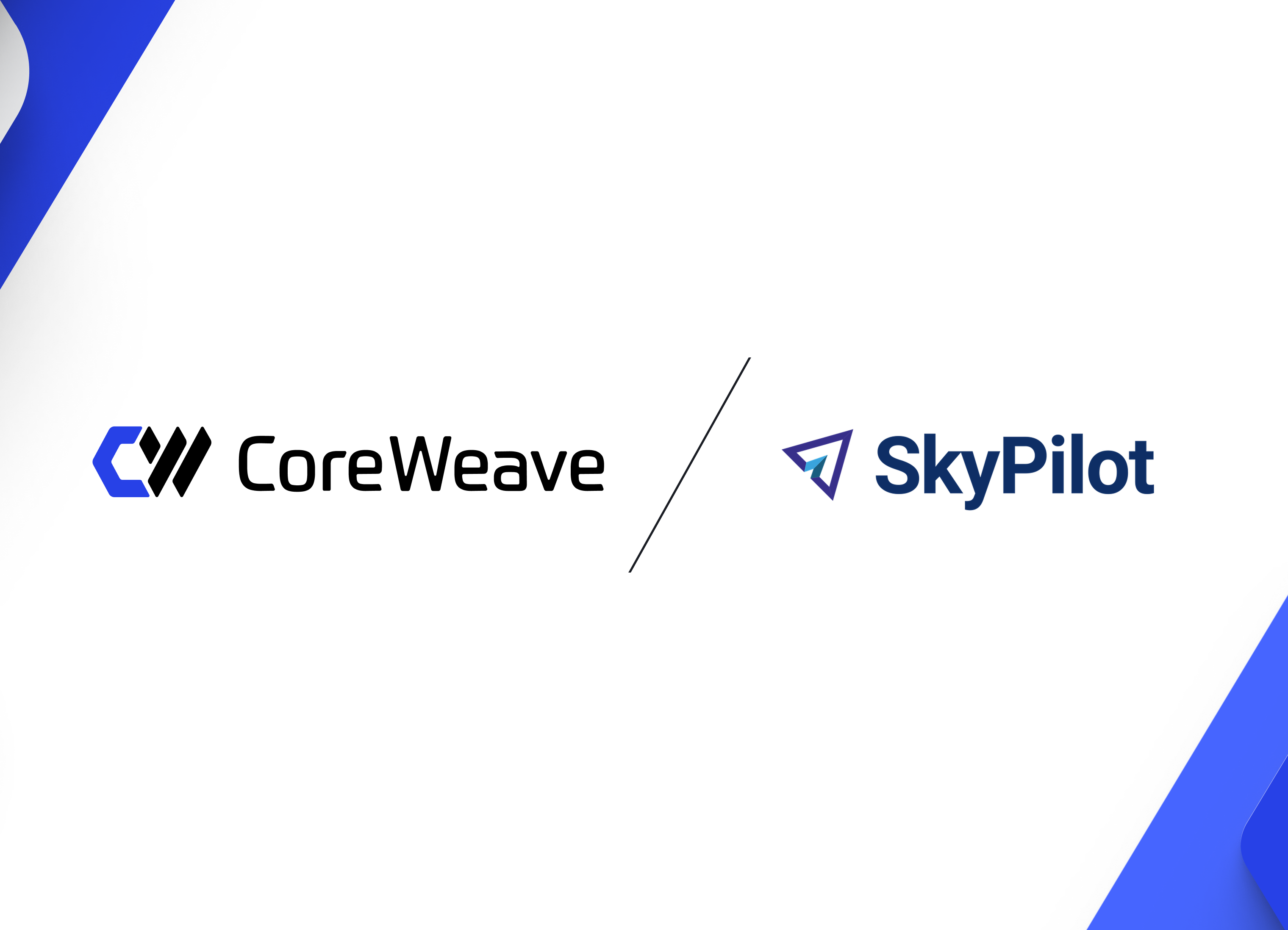In Summary:
- With Conductor on CoreWeave, Conductor users now have more high-performance compute options to complete their renders in less time and at a lower cost.
- The most powerful GPU may not always be the right option for your workload. When choosing the best instance type for your rendering, consider the GPU type, the number of GPUs, and measuring price versus performance.
- NVIDIA RTX professional GPUs deliver more compute power, GPU memory capacity, and scalability than older architectures and other visualization hardware—saving time and money.
CoreWeave is now integrated with the Conductor platform, the fastest and most economical way to render at scale in the cloud. Artists and studios can now access NVIDIA GPUs from CoreWeave on the Conductor platform to accelerate rendering for visual effects (VFX), animation, motion graphics, design projects, and large-scale workloads.
With access to more GPU SKUs, including the latest architecture from NVIDIA, you can run jobs more efficiently and cost-effectively by choosing the resources that match your needs. AKA: Save costs while staying on schedule.
You can learn more about how this impacts rendering on Conductor for artists from a time and cost perspective in our recent benchmarks for CoreWeave vs. a general cloud provider on the Conductor platform.
To help you get started, here’s some guidance on how we think about our range of NVIDIA RTX professional GPUs on CoreWeave available for rendering via Conductor.
Considerations
There are three things you need to think about when it comes to choosing the best instance type for your rendering: GPU type, the number of GPUs, and measuring price versus performance.
1. GPU Type
Bigger GPUs — primarily in terms of CUDA cores and RT Cores (RT Cores are important for things like denoising, post-processing, and accelerating ray tracing, a crucial part of rendering!) — are not always better.
In general, GPUs scale well in terms of performance on jobs where scene load times and memory footprint is small in comparison to the render time itself. In other situations where render times are short, but you need lots of frames, bigger GPUs may not give the performance scaling you may expect! For the former, nothing will beat NVIDIA RTX A40 and NVIDIA RTX A6000 as of now with their large amounts of VRAM and maximum number of RT Cores and CUDA cores. For the latter, with maximum scalability, NVIDIA Quadro RTX 4000 and NVIDIA RTX A4000 are amazing options to push parallelism in your jobs to the max.
2. Number of GPUs
Conductor offers a wide range of options for each GPU type, from a single GPU up to 6 or 8. The best way to choose if a multi-GPU setup will benefit you is driven by considerations similar to that of the GPU-type conversation.
However, when deciding between something like 4x NVIDIA RTX A4000 and 2x NVIDIA RTX A6000, consider the GPU memory footprint of your scene. Does your scene contain a large amount of 4k or 8k textures? Do you notice that GPU utilization is low during your renders? That may be a sign that you would benefit from going with fewer GPUs with larger memory capacity versus smaller GPUs.
Conductor gives you full flexibility to try your jobs on many types of compute and compare the results from each.
3. Measuring and Tuning Price/Performance
With everything discussed up to this point, it may seem clear that the fastest option is always the best. While CoreWeave compute is priced accurately and competitively, it may make sense to adjust the selection based on what’s most important to you: render time (runtime) or job cost.
A job may render 50% faster but cost slightly more! The best idea is to benchmark ahead of time and know what instance types will work the best for you in a crunch versus what may help you save some money during routine rendering. Consider measuring a normalized render time (Render Time/ Total Cost of Job) and find the different instance types that work for your studio in different scenarios.
If you’re curious where to start, take a look at these benchmarks our team ran that compare GPU and CPU instances that ran on CoreWeave versus a general cloud provider.
Best GPUs for Rendering
Today, CoreWeave makes five NVIDIA RTX professional GPU types available for rendering on Conductor:
- NVIDIA Quadro RTX 4000
- NVIDIA Quadro RTX 5000
- NVIDIA RTX A4000
- NVIDIA RTX A5000
- NVIDIA RTX A6000 (limited availability)
NVIDIA RTX GPUs deliver improved compute power, GPU memory capacity, and the scalability required for demanding professional workflows—saving time and money compared to other visualization hardware and older hardware. When used on CoreWeave Cloud, NVIDIA RTX GPUs accelerate final frame rendering through bare metal instances to render scenes in a fraction of the time compared to a CPU.
)%2520(1920%2520%25C3%2597%25202280%2520px)%2520(1920%2520%25C3%2597%2520874%2520px).avif)
NOTE: Core counts are not directly comparable between architectures; consult our benchmarks for more information!
As you move up the stack, you receive more powerful GPUs, greater visualization, better compute performance, and more GPU memory up to 48GB. You also get more features, such as ray tracing and greater AI/ML capabilities, which help you determine the best GPU type for your workload.
Pick the Right GPU Instance for Rendering on Conductor
Conductor offers quick and easy access to burst render in the cloud, supporting most pipelines in as little as 30 minutes from sign-up to reviewing your rendered shots. Get started quickly and render at scale to stay on schedule and on budget.
To learn more, schedule a call with our team. We can answer questions and help you find the best solutions for your workloads.

.avif)


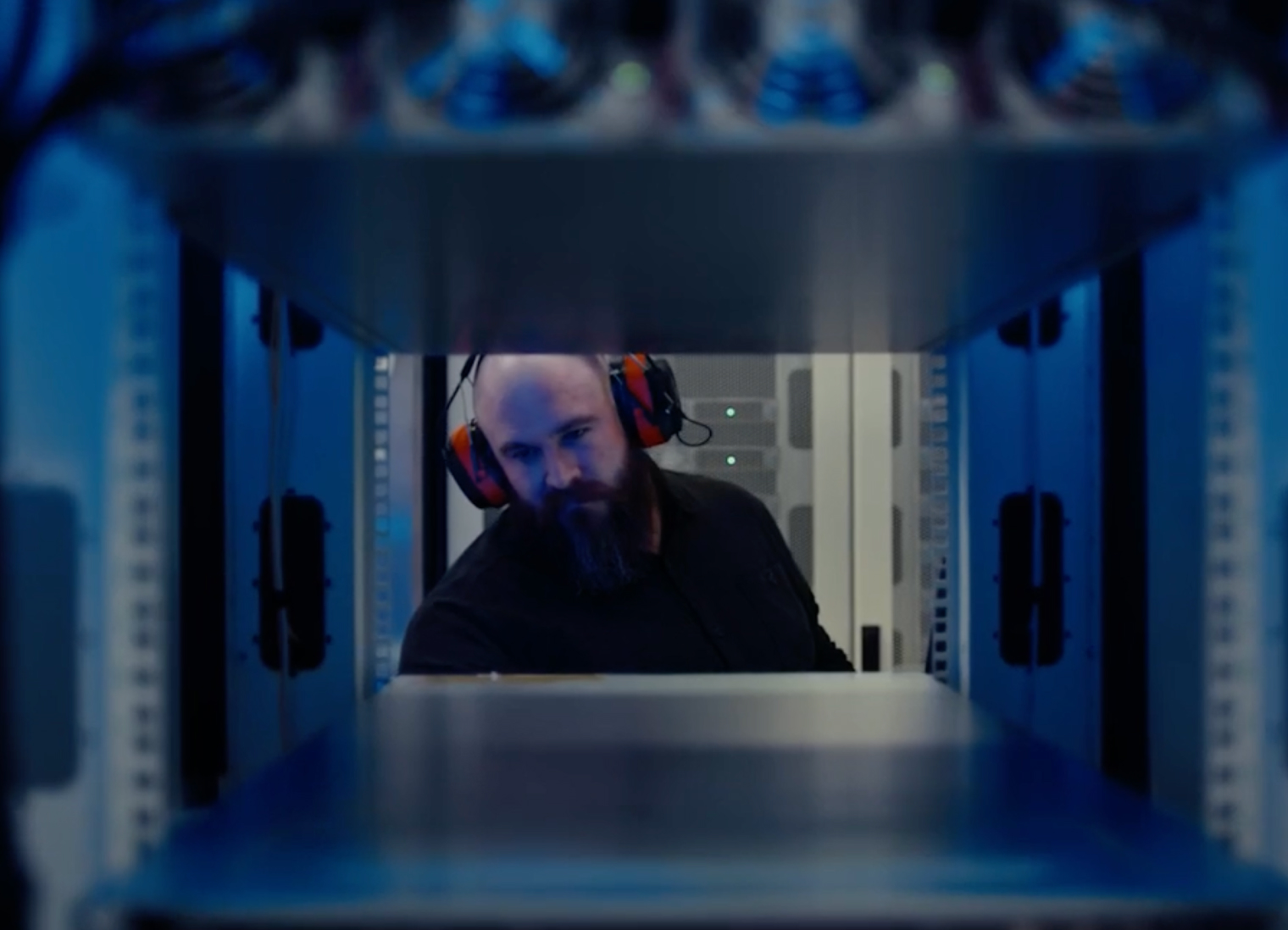
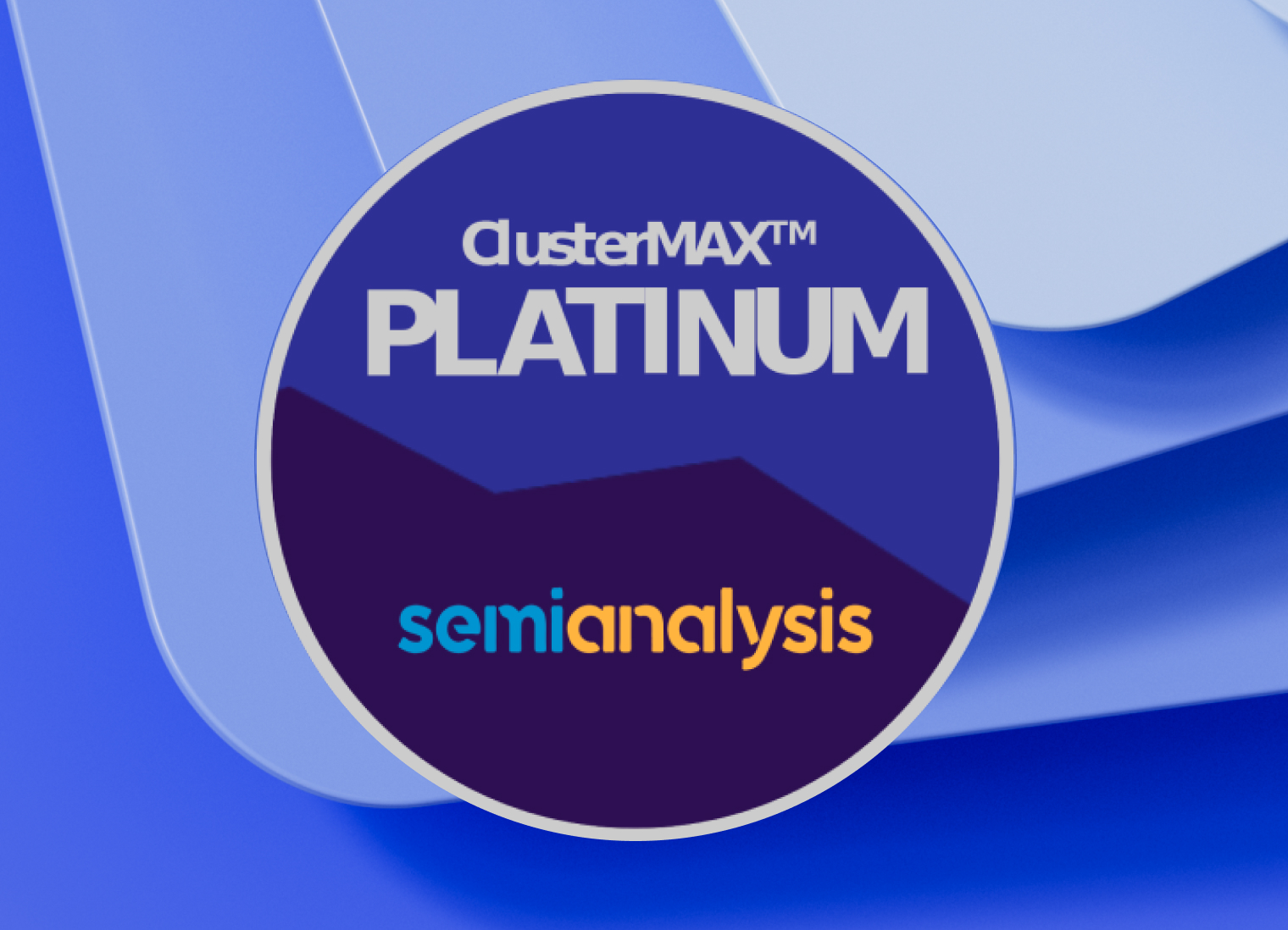
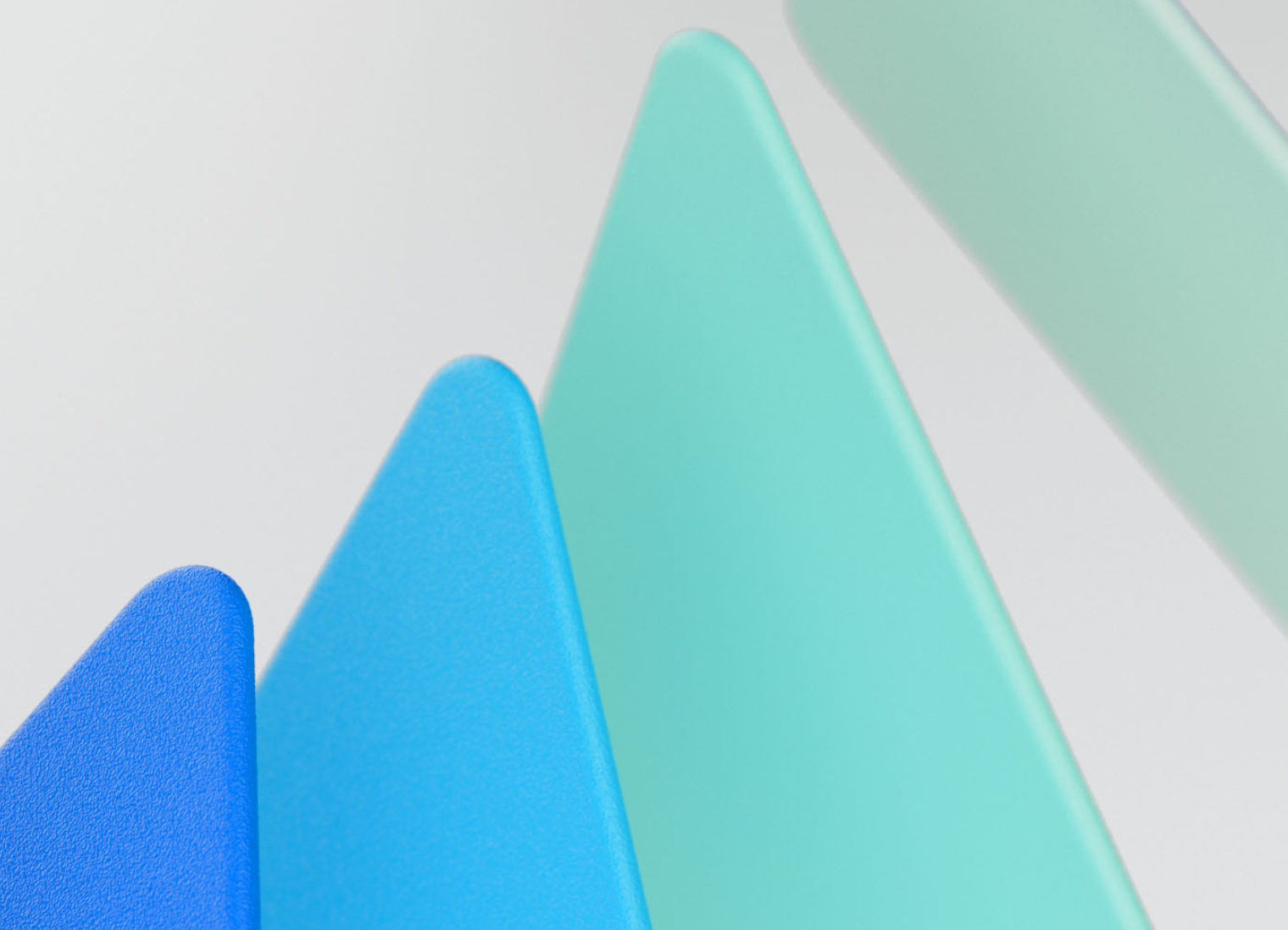

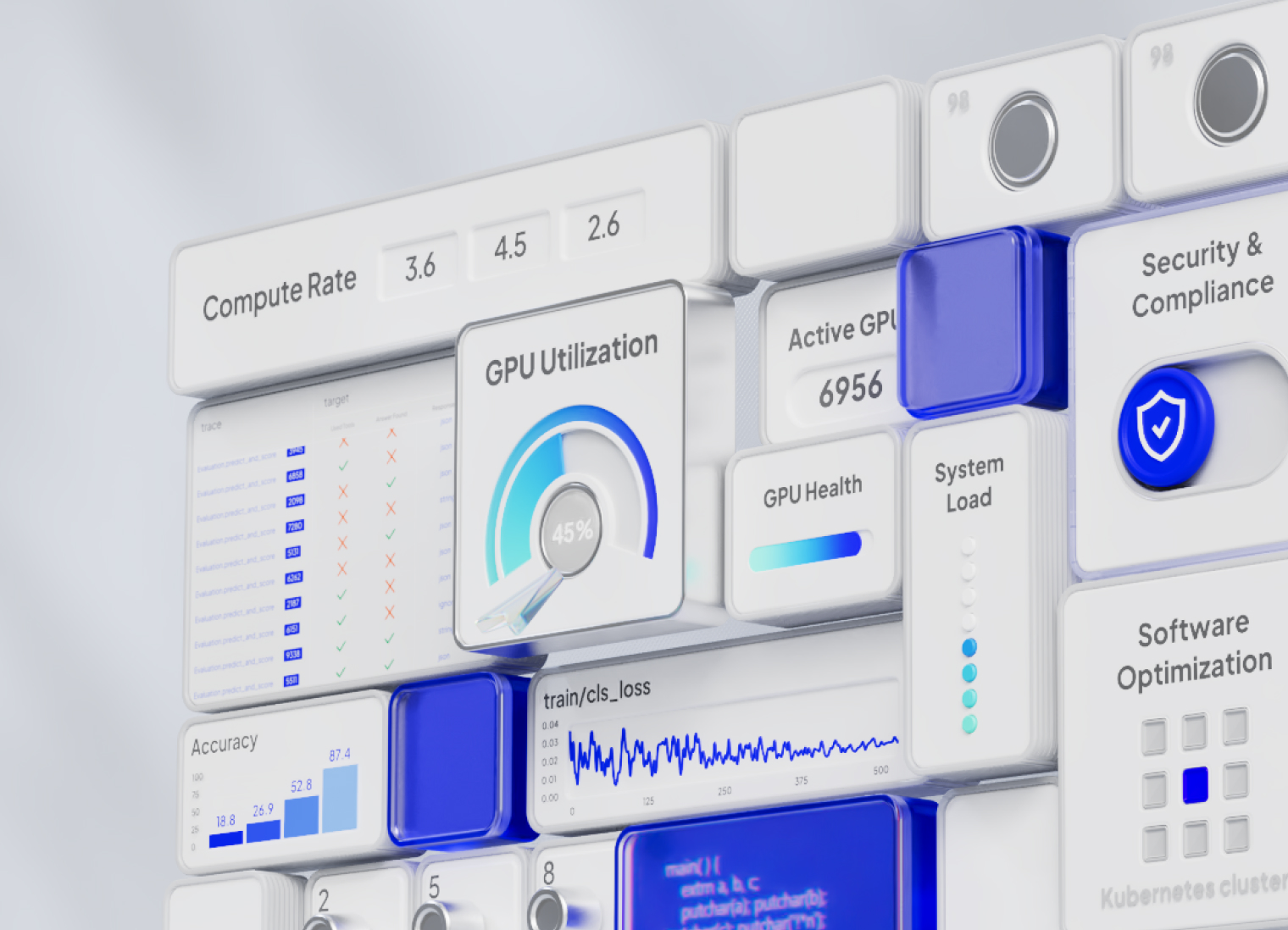

.jpg)
.jpg)
